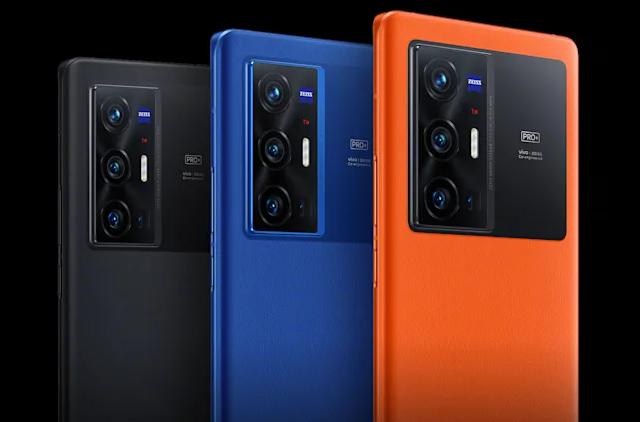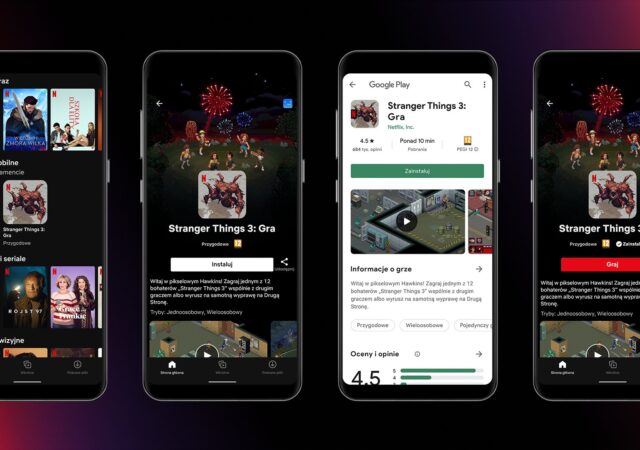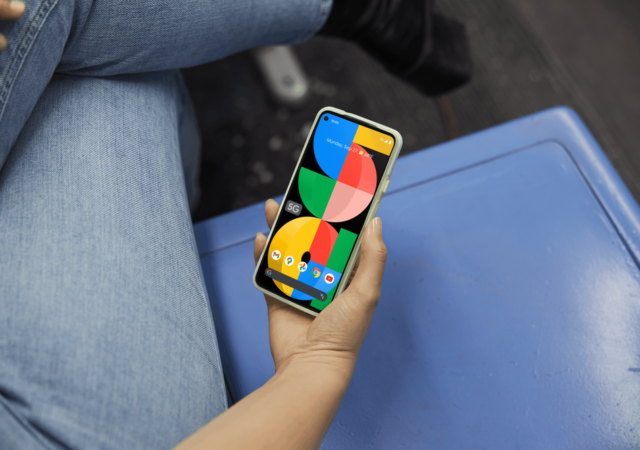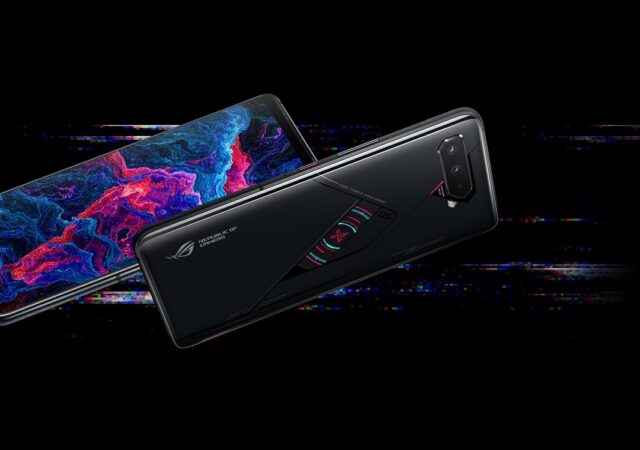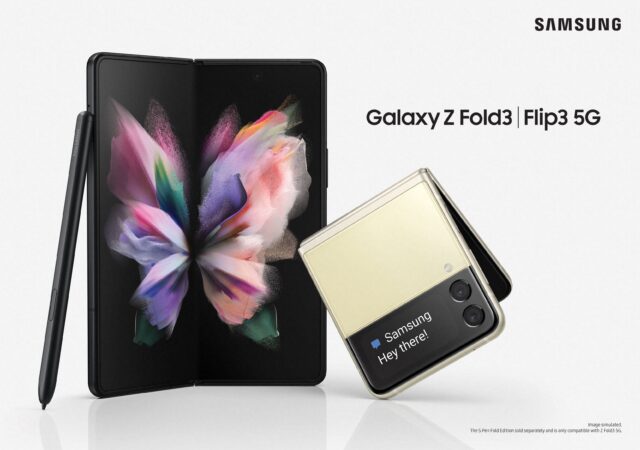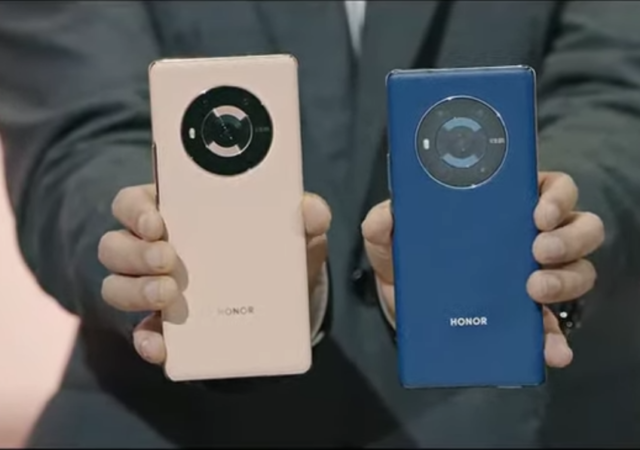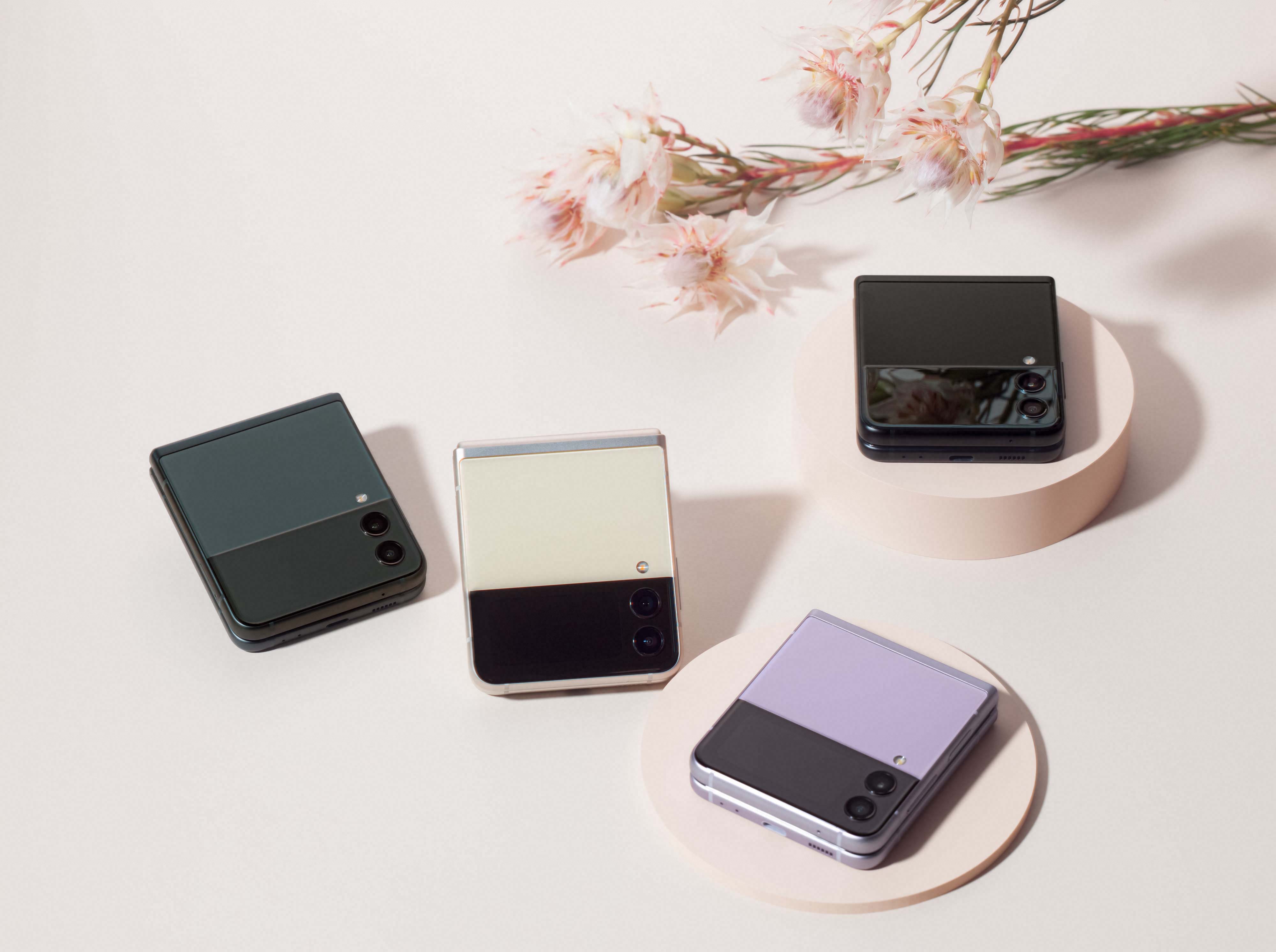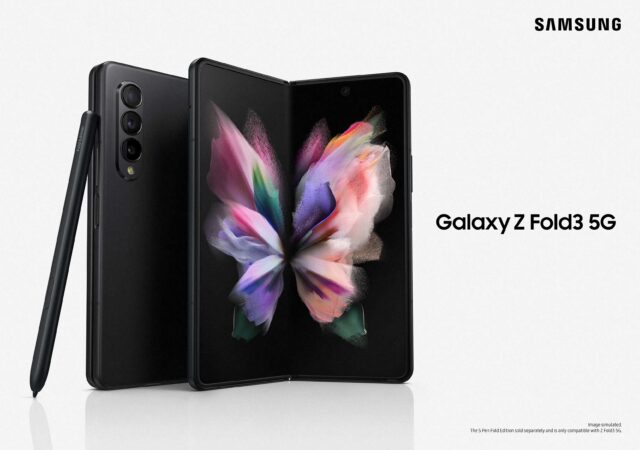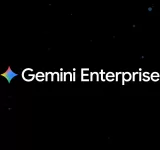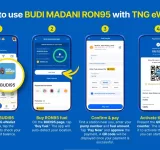vivo announces their latest flagship, the X70 series. The X70 Pro+ will pack a quad 50MP camera and V1 dedicated imaging chip.
Switching Between iOS and Android is Painless with WhatsApp Now.
WhatsApp is rolling out new tool to make migrating platforms more painless on both iOS and Android beginning with Samsung devices.
Netflix Games is Going to Be a Thing – Tests for Android Starts in Poland
Netflix is planning to offer mobile games through their current platform in the coming months, testing has started in Poland.
Chromebooks are Losing Microsoft Office 365 Apps
Microsoft is pulling their apps from the Google Play Store and therefore removing support on Chrome OS and Chromebooks.
Google’s Pixel 5a Launches While the Google Pixel 5 and 4a 5G Discontinues
Google launches the Pixel 5a last week. They also announced that the Google Pixel 5 and Pixel 4a 5G will be discontinued.
ASUS ROG Phone 5s – The ROG Phone 5, But Even More Powerful
ASUS has released the ROG Phone 5s with an upgraded Qualcomm Snapdragon 888+ 5G platform and 360Hz in touch sampling rate.
Samsung Galaxy Fold3 & Flip3 Pre-order and Prices Revealed for Malaysia
Samsung Malaysia announces the prices and special freebies for the their new Samsung Galaxy Z Fold3 & Flip3.
HONOR Magic3 Series Unveiled with IMAX Camera Enhancements
HONOR unveils its latest flagship which comes with optimizations that could make it the most creator friendly smartphone with enhancements by IMAX.
Samsung Flips For Style with the Galaxy Z Flip3
Samsung releases a new Galaxy Z Flip3 which marries style and functionality with better specifications, bigger displays and more.
Samsung Unfolds Seamless Work & Play with the Galaxy Z Fold3
Samsung announces its latest foldable smartphones spearheaded by the Galaxy Fold3 which brings S Pen functionality in tow.



